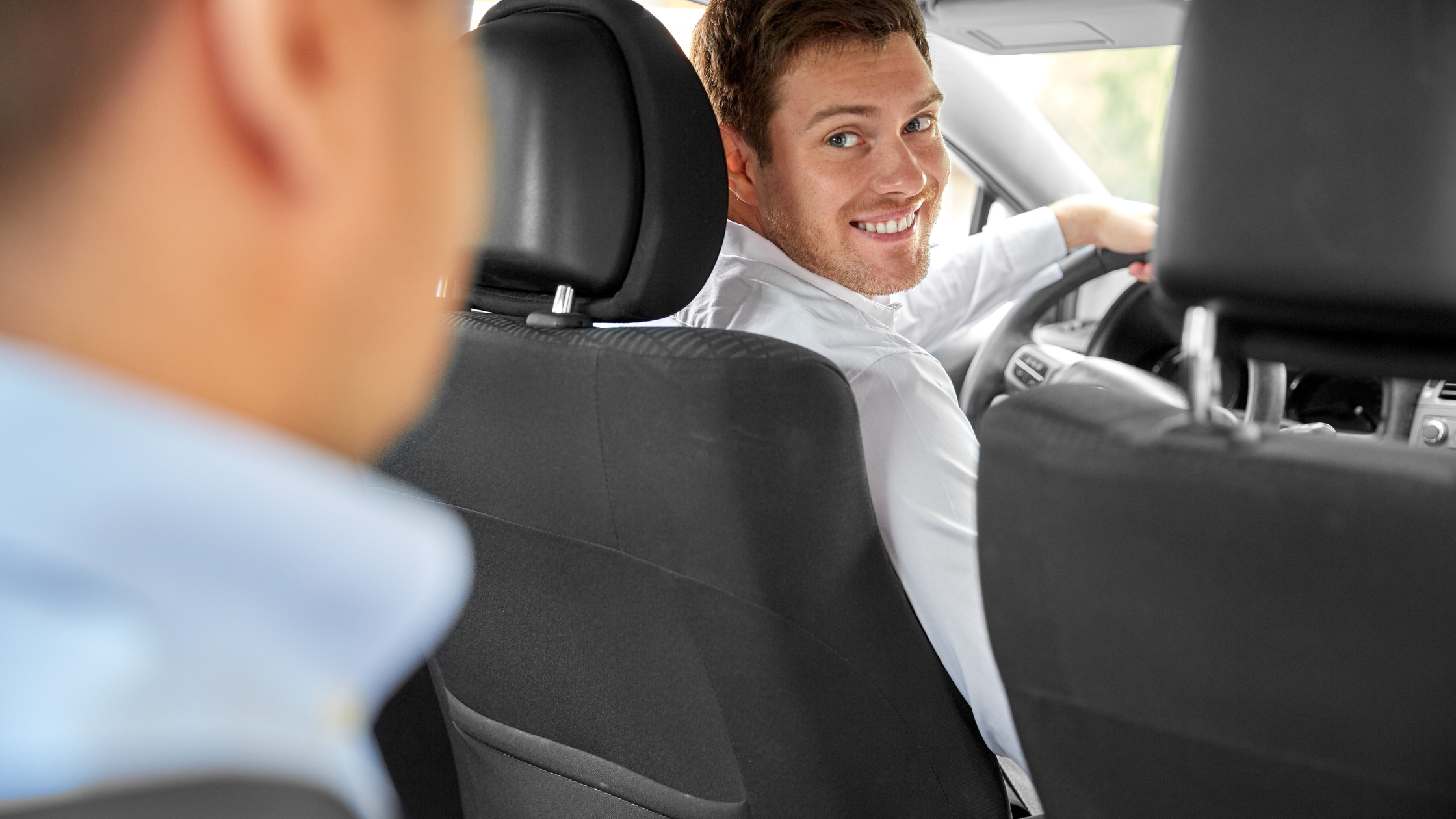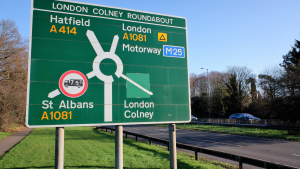What makes for a good first car? Safety, reliability, price and style are all factors in play.
There are many cars which provide these things – but few that deliver all of them at once.
Meet the VW Golf. First launched in 1982, it’s still based on pretty much the same winning formula that made it a hit back then: a solid, well-priced car guaranteed to stand the test of time.
Exactly what you’ll get for your money depends on whether you’re happy to go for one of the mk4 models (1997-2006) or the later mk5 ones (2005-2010). Anything newer than the fifth iteration Golf might be considered a tad pricey for a brand new driver (but if you’re loaded then by all means fire away), while a mk3 or earlier is near certain to go wrong within a month or two of purchase.
Whichever version you go for, you’ll be getting a spacious, well-balanced run-around offering unrivalled value for money. The average new driver spends around £2000 on a first car, which if you want one in good nick, will get you a decent MK4. It’s likely to be twelve to fourteen years old, but with the VW seal of quality you can easily find one that still has some life in it.
Most mk4s still around these days are either the 1.6 petrol or the 1.9 diesel variant. Both are good, but the diesel is nippier and more likely to offer superb reliability. Both aren’t bad on fuel; for a heavy car the Golf is reasonably frugal on petrol. Avoid the 1.4 petrol if possible – the Golf isn’t a light car and this engine just isn’t enough, particularly if the car will be covering a lot of motorway miles.
The interior, too, feels robust and is made from well-chosen materials which are unlikely to fall apart, as can be the case with other cars of this age.
Another key consideration is the resale price. Assuming you paid a reasonable price yourself for the car, it’s unlikely to depreciate dramatically over the course of a new driver’s ownership. VW’s strong reputation gives the cars the added bonus of a high resale value, so losing money over time shouldn’t be a problem.
Plus, they’re still fairly common despite their age, meaning spare parts aren’t eye-wateringly expensive and will be found at any half-decent garage.
There’s one downside: for young drivers, insurance premiums are high compared to other cars in this price bracket. Factoring in the low cost of maintenance, however, and the sharp decrease in the insurance premium after the first year, the Golf seems like a no-brainer.
For the same price, you could easily find a Ford Fiesta, a Renault Clio or a Vauxhall Corsa, and they would all be a good first car. But none of them will offer the supreme reliability, spaciousness and all-round good build quality of the Golf.
It’s a car you know will get you from A to B safely and reasonably quickly, and provided you pick the right one, should last for years to come.





